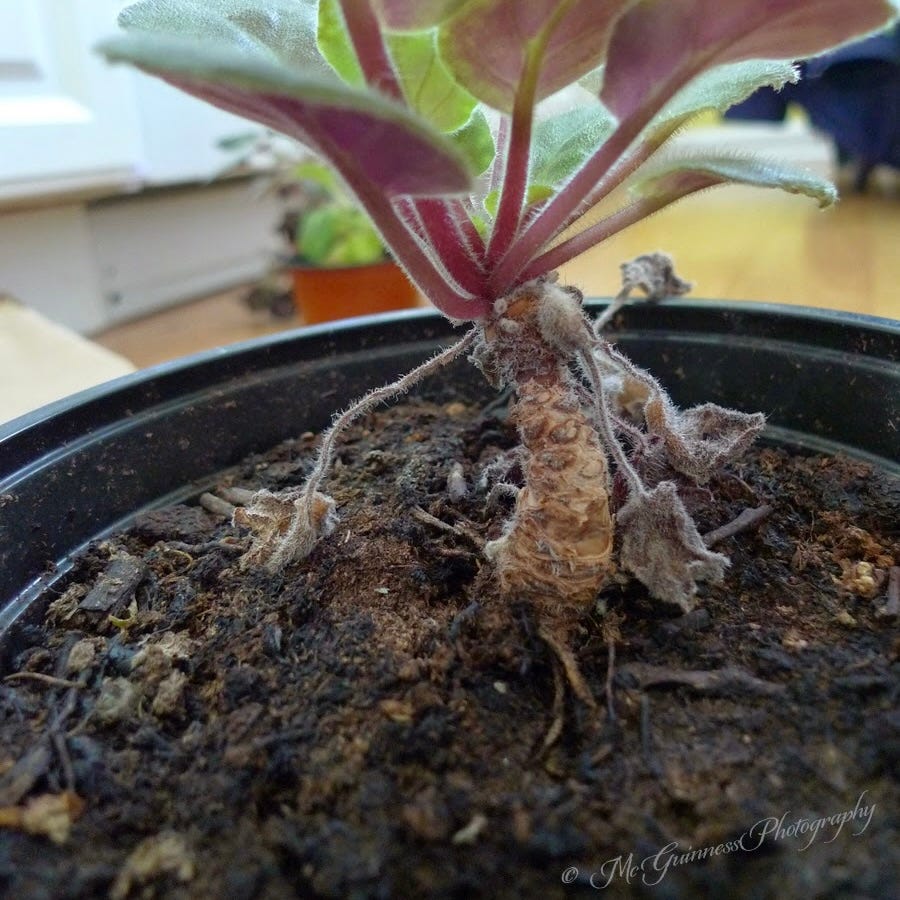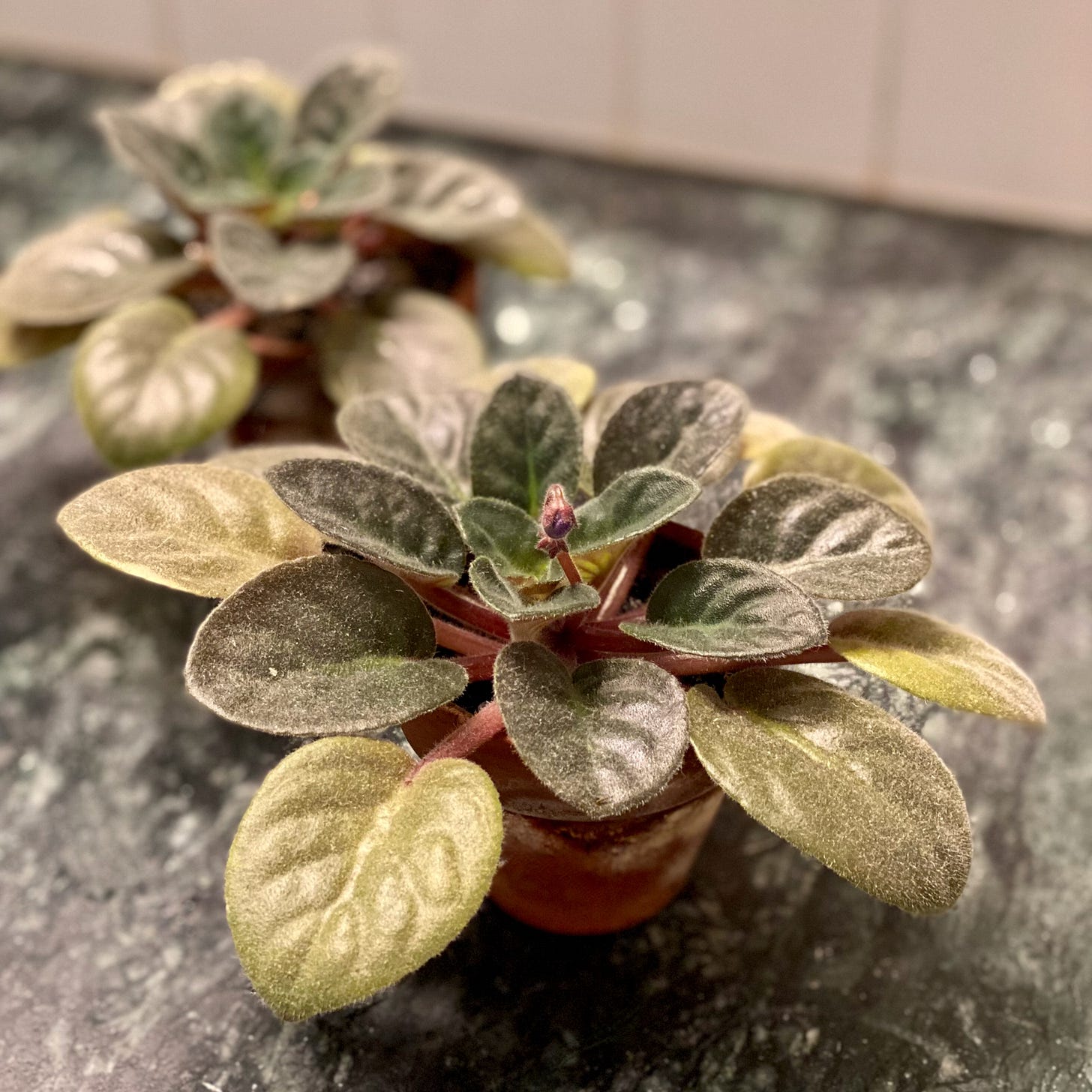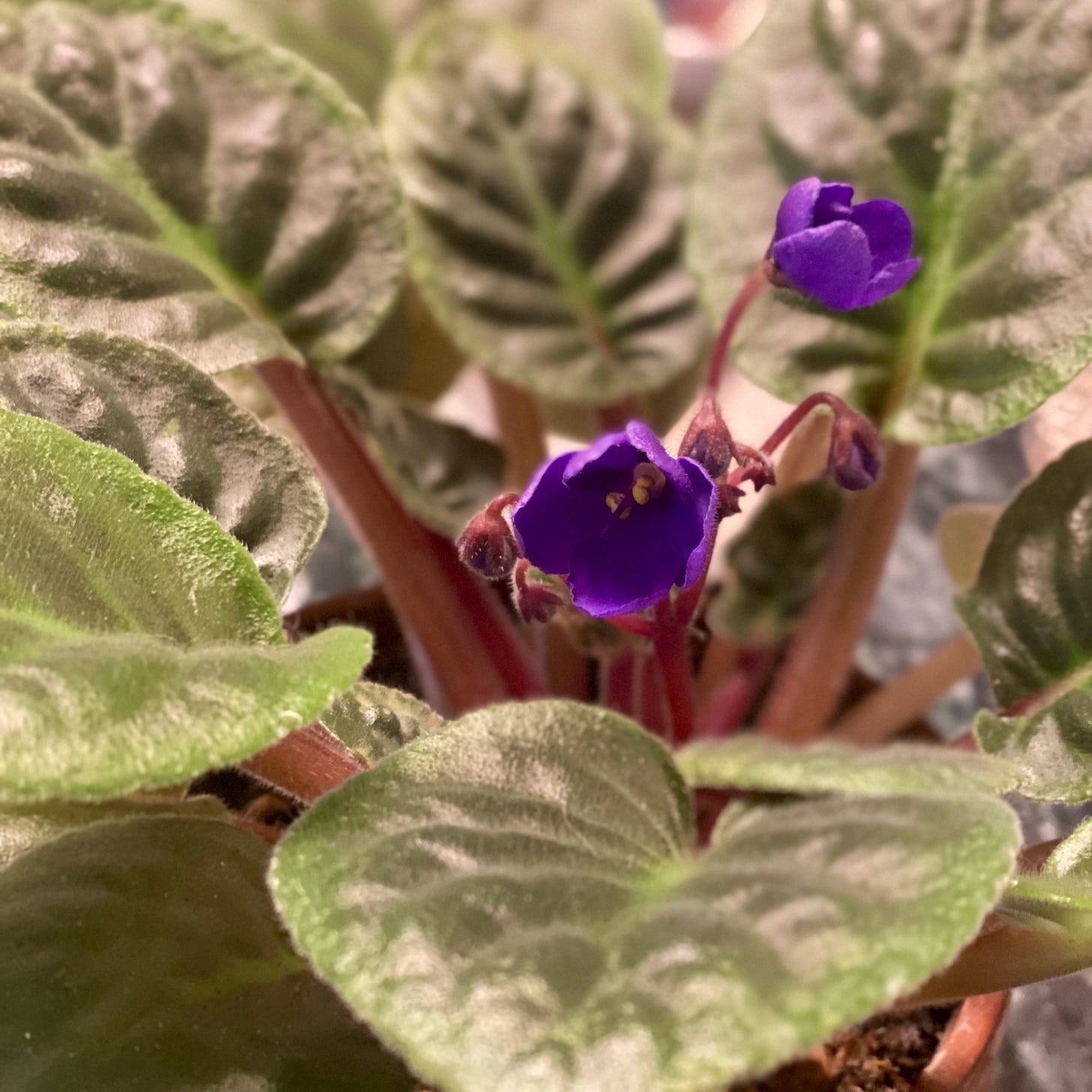By the time I discovered the pitiful plant, it had been neglected for nearly a year. Forgotten by my mother and not a priority for her daily caregivers, I had no idea if it could be revived but decided it was worth a try.
A year before, all hell had broken loose. For 24-hours, starting Easter Sunday, 141 tornadoes touched down across the southeastern United States, killing 32 people. In the same day, more than 3,300 died of complications from Covid 19, even as then New York governor Andrew Cuomo said, “I believe the worst is over if we continue to be smart.” It was April, 2020.
Between her confusion and the storm-induced static on the phone line, I could hardly make out what my 92-year-old mother was saying, but I knew she was not herself. My siblings and I tossed around the usual armchair diagnoses: dehydration, urinary tract infection, acid reflux. It was just before 8:00 PM that Monday when a medical provider recommended she be taken to the emergency room, a terribly risky option for someone with a vulnerable immune system. We had no choice.
It turned out our mother was having a heart attack, and because of Covid, no one was allowed to accompany her when she was admitted to the hospital that night. Likewise, family members were not permitted to go along the next day when a stroke necessitated she be airlifted to a different, more distant hospital. The Do Not Resuscitate order she’d signed years earlier was immaterial. Her heart had never stopped beating.

Through a month of critical care and in-patient rehabilitation, my siblings and I tag teamed the monumental task of overseeing our intrepid mother’s recovery in absentia, leaning heavily on the one brother who lived nearby. Despite the fear, or perhaps because of it, we joked about how she would be mad to not remember her first helicopter ride and how she had managed, again, to defy the odds. Heart attack? Pff! Stroke? Bah! Like the memorable line from Miracle Max in The Princess Bride, “Mostly dead is slightly alive.”
Mom worked her way back to an approximation of health, returned home in mid-May, carried on past one more winter birthday and a month of the new year before finally writing her physical self out of the story.
That spring, as my brothers and I sorted through the remnants of her prolonged and purposeful life, I found the African violet in the back corner of a room she frequented less often in her decline. Mirroring its surroundings, the poor plant appeared to have little left to offer, soil desiccated, leaves faded and few. A bare, twisted stem wormed at an odd angle toward the diffuse light coming from the patio door.
I thought about how my mother had once kept so many of these plants in her former guest room, where the walls in late afternoon glowed like parchment. Like her, they seemed to appreciate how time folded itself into warm creases of stillness there, before my father got sick, before the two of them left that forever house for a more manageable townhome, before he died. She was never great with houseplants, but the violets were content.
After the move, her collection dwindled. I doubted that the one I’d found had been around since then, but I couldn’t say for sure. All I knew is that it felt like a talisman, something to connect me with a more vital time.
After four days of curating and culling, of intense emotion and exhaustive decision-making with my siblings, my husband and I bid farewell to her home of 17 years and headed back to ours, the sad plant tucked into a protected nook of an overfilled van.
With more light and regular care, my rescue showed signs of improvement until a cat, or a ghost, snapped the gnarled stem in two. Pushing the remaining rootless crown back into the soil, I continued to coddle it as best I could, determined to support a full recovery.
In early November, on the same day we set off for my mother’s long-delayed memorial service, it bloomed, twilight crushed into silk.
The plant, or its progeny, persists today, despite another calamity two years ago that reduced it to nothing more than a single leaf. From there, new growth. From there, new aspirations.
Now, there are a pair of violets coming along in tiny, 2” terra cotta pots, each with wee flower buds just starting to emerge.
The plants are imperfect. Though well-shaped, their leaves show signs of nutrient deficiencies. It’s likely they’ve outgrown the small pots that were appropriate when they were younger. I considered waiting a bit longer to bring this story to the world, until they blossomed again after such a hard time. How triumphant it is to celebrate a flowering!
But now is not flowering time. Now is the time to tend and feed, to watch and wait, to find containers with more room for healthier roots. Now is the time to anticipate what I know is possible, with my help. They’ve shown so much resilience already. I have every reason to believe they will not just bloom again but thrive.
~Elizabeth

What have you coaxed back from the brink? Are you seeing, like I am, the obvious parallels for what Americans and the world are facing right now?
Your engagement with the “after glow” of a post matters more than you might realize—whether it’s a like, a restack, a reaction, or a question. Not only does it help me grow as a writer, but it means more people have the opportunity to discover this work. I hope you’ll linger long enough to join in with the delight that this special community of readers has created here.
Though I am committed to keeping it optional, if you enjoy what I share here, please consider supporting this creative gift through a paid subscription (just $5 per month—less than the cost of a frozen pizza) or a one-time donation. I’m deeply grateful for any support you are willing and able to offer. Bloom on, friends!
*Cover Photo by Annie Spratt on Unsplash






"But now is not flowering time. Now is the time to tend and feed, to watch and wait, to find containers with more room for healthier roots." Such true words for this time we are living through. I love the extended metaphor of this piece, and how you turned such hard living into a beautiful essay.
"They’ve shown so much resilience already. I have every reason to believe they will not just bloom again but thrive." - ah, may the same be true for each of us.
Thank you for your words.